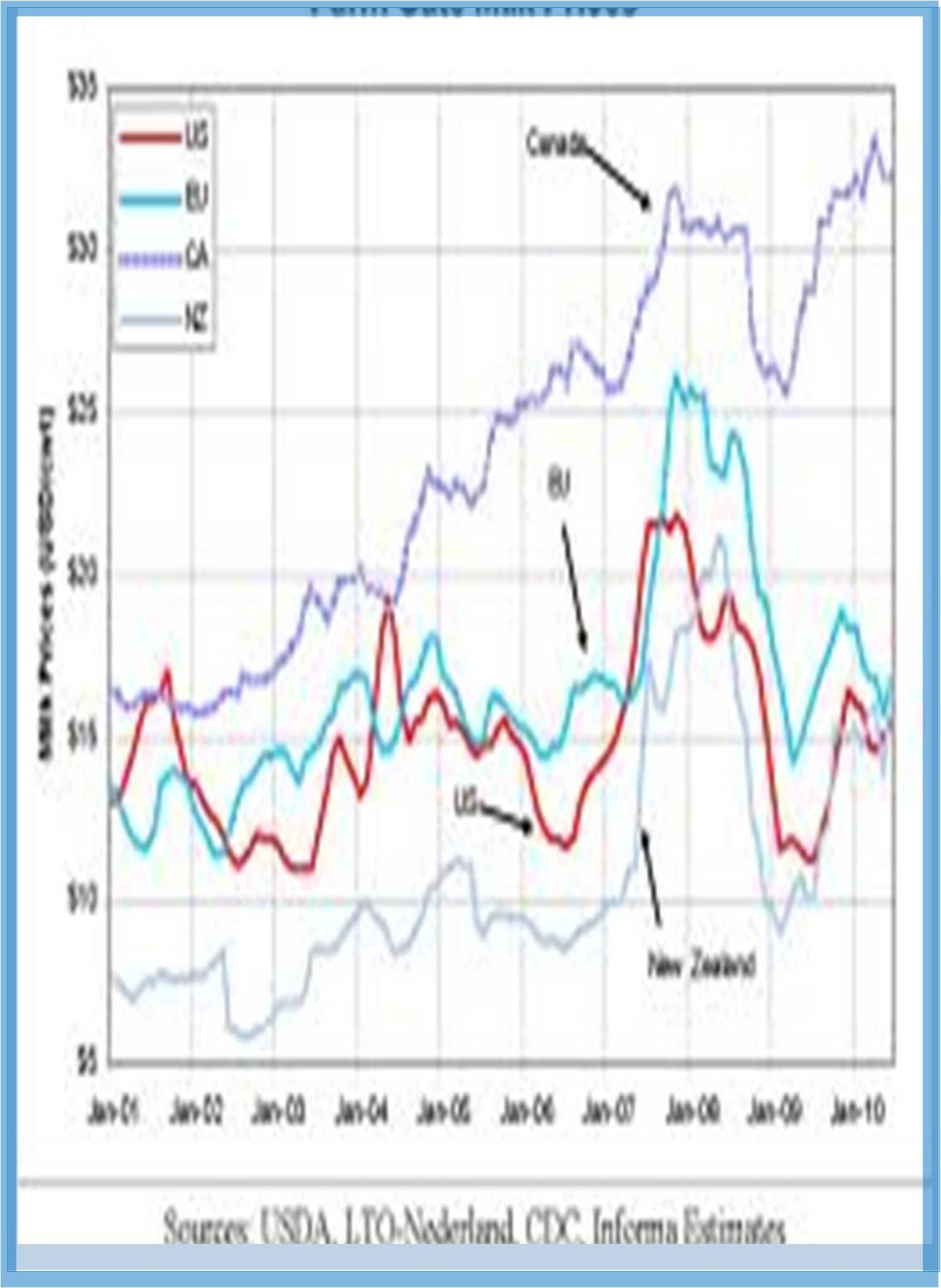



Published: 27-Dec-2021
We researched the utilization of film-shaping antitranspirants (AT) to diminish happening and lighten the unfavorable impacts of late-season dry spell on wheat development and yield. Two examinations were led in a controlled-temperature glasshouse from April to November 2014, to think about two watering systems (all around watered and water deficiency) and three AT medicines (unsprayed control, showered before boot enlarged and splashed before anthesis complete). We estimated plant water use, happening rate, stomata conductance and photosynthesis. Relative leaf turgor was estimated progressively utilizing a non-disastrous technique for leaf fix brace pressure. Dry spell pressure diminished day by day water use, transpira- tion rate, stomatal conductance and leaf turgor in wheat plants after around four days. Conversely, these estimations quickly declined not long after AT application in both all-around watered and water-shortfall plants. All things considered, when soil dampness deficiency expanded particularly, AT-treated water-shortage plants kept up with fundamentally more significant levels of photosynthesis than untreated plants. Dry season pressure decreased grain yield in unsprayed control plants by over 40%, contrasted with all around watered control plants, for the most part because of fewer grains per spike.
Conversely, dry spell pressure with AT application before the most dry season delicate boot stage decreased yield by just 14%. These outcomes propose that AT can possibly further develop wheat yields with late-season dry spell, as is normal in semiarid areas; albeit, more exploration is expected to test the more extensive relevance of these outcomes in field conditions.
Dry season pressure lessens seed crop yields to some extent by causing regenerative sterility related with expanded endogenous ABA. Utilization of the film antitranspirant, di- 1-p-menthene, during regenerative stage dry season has been displayed to improve yield misfortune in wheat yet the physiological cycles included are not perceived. Utilizing precipitation havens to mimic Mediterranean-type terminal dry spell, we concentrated on the likelihood that utilization of the antitranspirant diminishes both endogenous ABA fixation and the resulting yield misfortune. Di-1-p-menthene was splashed on droughted spring wheat plants (cv, Chilham) at 1.0 L/ha in two separate field tests, at three development stages between stem lengthening and spike rise in 2018; and at four development stages between stem prolongation and anthesis in 2019, with droughted yet unsprayed plants filling in as the control. Dry spell pressure expanded endogenous ABA however diminished yield. Di-1-p-menthene application decreased endogenous ABA focus by 33% and 40%; and further developed grain yield by 16% and 15% arrived at the midpoint of across all development stages in 2018 and 2019, separately. The predictable impacts of di-1-p-menthene in the two years proposes that the component of dry spell pressure improvement by the film antitranspirant is connected with decreased endogenous ABA fixation during key development stages.
Film antitranspirants are polymers showered on plants to lessen loss of water from happening. Early surveys of film antitranspirants sensibly reasoned that the polymers would not be valuable on crops since photosynthesis was likewise decreased. This end is rethought here, assessing later information on dry spell harm systems. Research at Harper Adams University shows that film antitranspirants applied to wheat before the dry spell touchy phase of meiosis can build yield, regardless of lessening photosynthesis, and that this increment is related with further developed dust suitability. It is inferred that utilization of film antitranspirants has potential as a harvest the board strategy to diminish dry season harm to wheat, and perhaps to numerous different yields.
None.
Author declares that there are no conflicts of interest.